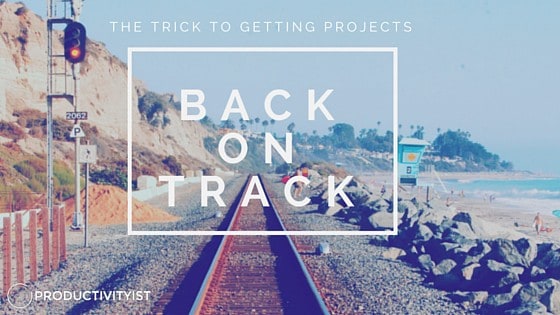I’m a fan of fables, and Hansel and Gretel is one of my favourites. I like the resilience and resourcefulness the children employ to keep themselves going. They didn’t give up and are rewarded for their efforts.
I believe if you are resilient, even in the face of circumstances that aren’t in your favour, you will find yourself on the right path again.
When I was directionless in what I wanted to do for work, I turned to building frameworks that would help guide me. But I’ll be honest – those frameworks were flimsy. They were a lot like the bread crumbs that Hansel and Gretel used to mark their trail into the forest – good in theory, but not in application. My flimsy frameworks were easily dismantled because I had built something unsustainable. When Hansel and Gretel left pebbles behind to guide them, they were more effective because birds ate the bread crumbs, but wouldn’t touch the pebbles.
So I decided to start to using pebbles myself.
The pebbles have helped, but along the way I’ve found that they aren’t really useful unless you use them to retrace – or review – your steps. Getting lost is inevitable. And getting lost doesn’t have to mean that you’re not going forward. Getting lost can also mean that you’re going forward in the wrong direction. And once you realize you’ve been doing that, you’re incredibly grateful for the pebbles.
Recently, I felt a bit lost. I felt as if I had more going on than I could handle. I felt that things were pulling me in a direction that I didn’t want to go. So I retraced my steps and started to review. And that is when the path became clearer.
If you’re feeling lost, here are some steps you can take to find your way again:
1. Look at all of your projects
I took a look at all of my projects – active and planned – and wrote each of them down on a large Evernote Post-It note. I’ve also used paper before when I’ve been stuck, but this was different. These were full-blown projects that I wanted to give the proper amount of focus, energy, and time.
After writing all of my projects down, I stuck them to the wall of my workspace, creating what could best be described as “brainstorm tiling.” My entire wall was covered with these large lime-coloured sticky notes, and that visual alone forced me to see things as they actually were: I had a lot going on.
2. Evaluate each of your projects
Once I placed all of my projects on the wall, I evaluated each one as objectively as possible. My wife sat in the room with me and I talked through each of the projects, almost pitching them to her as I went. Talking out loud about them was incredibly helpful, as it allowed me to view the scope of each project in a way I really hadn’t done since initially putting them through The IDEA Criteria test. I also received some additional perspective from my wife (who has taken on an operational role at Productivityist) that I hadn’t had before. This was beneficial because it forced me to explain things more clearly. If I had trouble doing that for a project, then I knew that the project needed to be defined more. And that meant it needed to incubate longer.
But the last part of the process was key to really moving things forward for me and my work.
3. Assign dates to each of your projects
I’m not a fan of deadlines, per se. But in order to theme my months appropriately, I needed to attach some delivery dates to the projects that weren’t tossed aside. I wrote down two dates on each Post-It Note:
1. Project development month
2. Project delivery month
Since I had already started to shape my year on the NeuYear calendar earlier in the month, I could now fill in the remaining months with project development themes as I saw fit. I decided that I’d have a buffer between project development months and project delivery months. The buffer wouldn’t be overly large so that I could stave off project scope creep (which is another way of getting lost), but would be there so that I could shift gears from creation mode to marketing mode more effectively.
When the project review process was complete, I had all of my available months themed and delivery dates indicated on my calendar. My projects were more clearly defined and, as a result, so were the months ahead.
We all lose our way from time to time. The key is to have the awareness to know when you are lost so that you know that you need to find your way back to the path you want to take. That knowledge comes from the framework and the workflow you create and foster.
Think ahead now, look back often, and leave a trail that leads the way. That’s how you stay on the right path.
